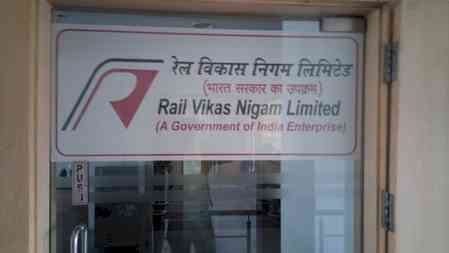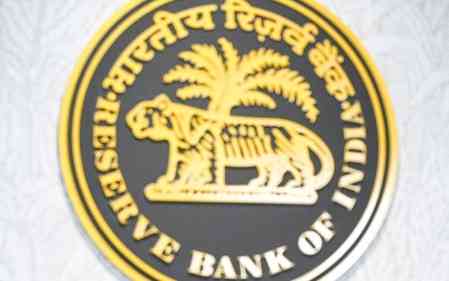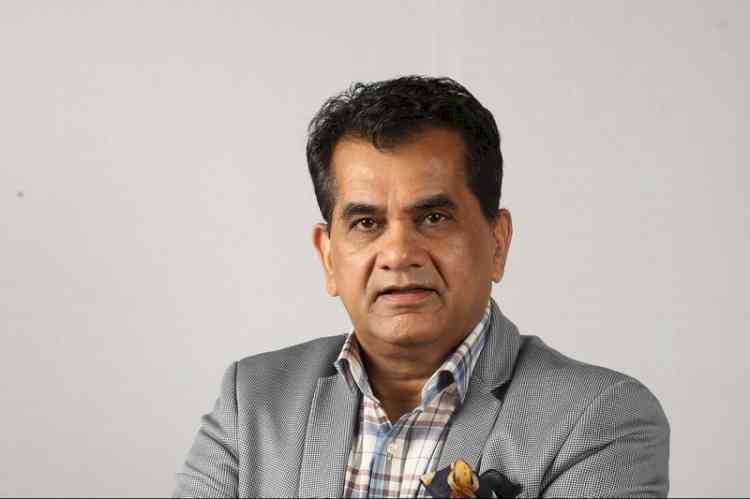Union Budget does not address some pressing concerns of education sector: Monica Malhotra Kandhari
Gives her version on education sector for Budget 2021

Ludhiana: Managing Director, MBD Group, Monica Malhotra Kandhari has stated that while presenting the Union Budget 2021-22, the FM announced that over 15,000 schools are to be qualitatively strengthened to include all components of the National Education Policy. This is indeed a commendable step by the government for the effective Implementation of NEP as these schools will mentor and work as a model for the policy implementation across the country. The proposal to enhance academic collaboration with foreign higher education institution and instituting a regulatory mechanism for dual degrees, joint degrees and twinning and the proposed indigenous toy-based learning in schools has the potential to transform higher education and school education in the country.
She further said, “The announcement of setting up of 100 new Sainik schools in collaboration with NGOs and private organizations, setting up of Higher Education Commission for better synergy in the higher education institutes, set up of a central university in Leh are welcome initiatives by the govt to further strengthen the education sector in India. In addition, the proposed 750 Ekalavya residential schools in the Tribal Areas, Fund allocated for Skill Development for students from Diploma in Engineering and Research & Development will help in creating a large pool of skilled manpower. The Union Budget has also proposed National Digital Educational Architecture (NDEAR) which will support teaching and learning activities, educational planning, governance and administrative activities of the Centre and the States/ Union Territories. Simultaneously, the National Initiative for School Heads and Teachers for Holistic Advancement (NISTHA) will train 56 lakh school teachers in 2021-22 digitally is a promising move which is expected to take classroom teaching to next level. Also, the partnerships with UAE and Training Inter Training Programme (TITP) between India and Japan will lead to the enhancement of the skill levels of the workforce, techniques and knowledge. Another noteworthy proposal contained in this year’s budget is the realignment of the existing National Apprenticeship Training Scheme (NATS) for providing post-education apprenticeship and the allocation of over 3000 crore for the same.” She further added
Adding, she said the budget however did not address some pressing concerns of the education sector, the import duty on news print paper which was increased by 10% in the last budget had increased the cost of paper for printing books for domestic consumption. Reducing the basic outcome on import of newsprint and light-weight coated paper to 5% would have reduced the burden on the publishing sector. Input credit availed for input, capital goods and input services are charged a higher rate resulting in an un-adjustable excess credit lying in books, a mechanism to make corresponding input chargeable at same rate if incorporated in the budget would have been ideal. Similarly GST was exempted for educational books whereas input, capital goods and input services remained within the purview of GST. A mechanism to either make corresponding input/input service/ capital goods exempt from GST or applying GST on sale of educational books so that manufacturers do not lose out on input credit, the budget missed the opportunity to rectify this anomaly.


 cityairnews
cityairnews 








